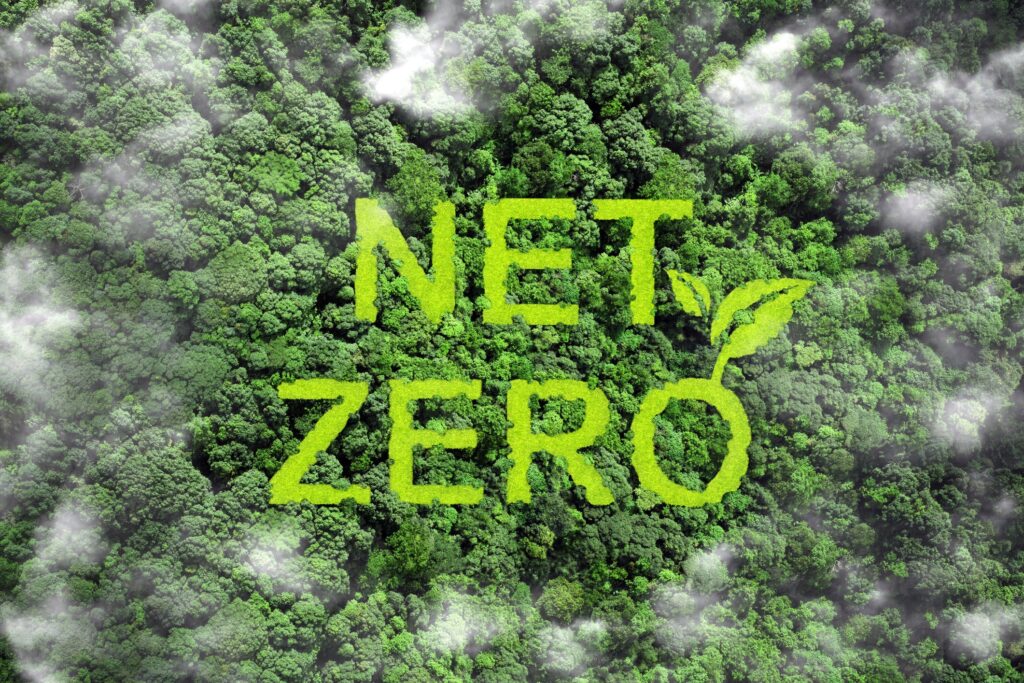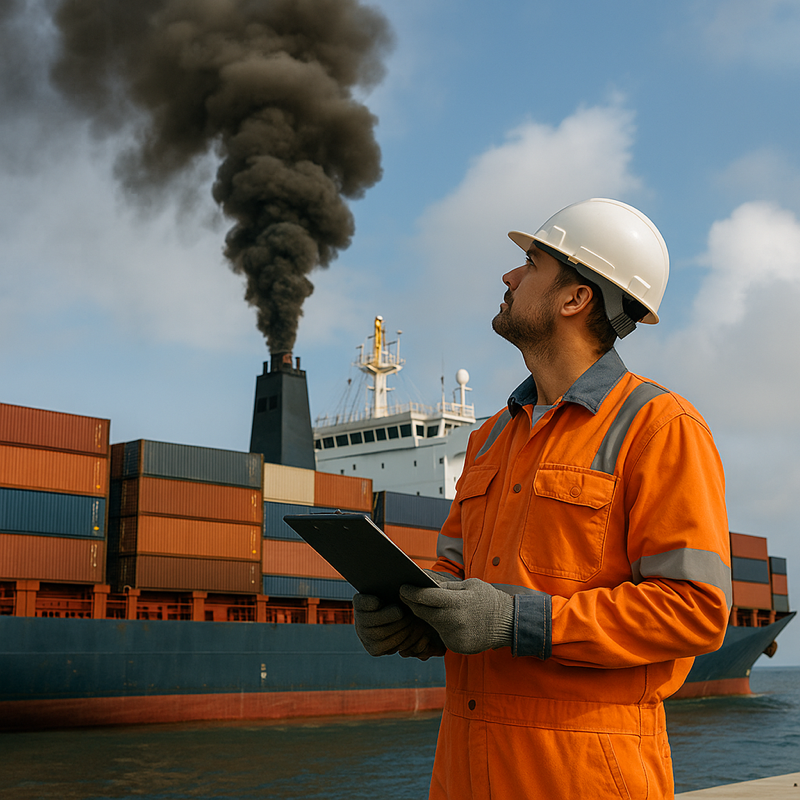Government policy may be in limbo, but supply chain sustainability continues at high speed. Through the globe’s distribution networks, leading retailers and private sector stakeholders are jumping in. They are fashioning voluntary initiatives addressing climate change while federal legislation inches along.
Greenabl, a technology platform that supports carbon transparency for shipping at sea, sees this shift up close. Companies are prioritizing sustainability not because they must, but because customers, investors, and long-term strategy demand it.
Policy Delays, Private Action
In May 2025, the U.S. House passed legislation to roll back California’s EPA waivers that gave the state permission to impose stricter emissions standards on trucks. It was a blow to state environmental autonomy. As a result, the decision created another sign that federal climate policy for transportation might remain stuck.
While policy inches back, the private sector inches ahead. Recent advancements include:
- Microsoft’s record-breaking biochar carbon removal deal to retire over 32,000 tons of CO₂.
- FedEx’s purchase of 3 million gallons of sustainable aviation fuel to cut emissions in the air freight industry.
- Google’s ambition to tackle super-pollutants by leading carbon credit investments.
The bottom line? Aggressive companies are not waiting for regulation. They’re building their own roadmaps to supply chain sustainability—showing that action does not have to precede policy.
Why Businesses Are Prioritizing Supply Chain Sustainability
Consumer Pressure
More and more consumers are demanding transparency. They want to know how their purchases affect the environment. Companies that are able to demonstrate that they are working towards lessening the environmental effects of their supply chains build stronger brands and customer loyalty.
Operational Resilience
Climate risk is operational risk. Logistics teams can protect operations from unexpected shocks as a result of regulatory, fuel, or reputational shocks. Companies can then enhance their resilience and reduce vulnerability to climate-related disruptions by locating emissions hotspots and deprioritizing dependence on high-carbon suppliers.
ESG and Investor Expectations
Environmental, social, and governance (ESG) metrics are now benchmark standards for valuing corporate value. Investors and procurement teams themselves are more and more often requiring firms to embed evidence-based sustainability frameworks into their supply chains.
The Logistics Sector is Leading The Way
Carbon Measurement is the Solution
Transparency is where supply chain sustainability starts. Greenabl offers precise emissions tracking solutions for all shipping activities, allowing businesses to collect, analyze, and report their carbon footprint with certainty. This visibility turns decarbonization from a nebulous goal into an actionable, measurable plan.
Decarbonization is Happening Without Control
In the absence of federal regulations, logistics leaders are establishing internal sustainability targets. These include reducing empty miles, switching to cleaner modes of transport, and buying from cleaner carriers—all enabled by tools like Greenabl’s cooperative procurement platform.
Sustainability-focussed service-level agreements (SSLAs) are growing as well. In fact, environmental-performance-oriented contract language, as well as cost and speed, is rewriting competition in freight service.
Collaborative Procurement Maximizes Impact
Reducing emissions does not have to be a solo effort. Greenabl’s model groups multiple shippers together to achieve buying power, negotiate cleaner shipping agreements, and share audited carbon offsets. This mass model allows companies of any size to make meaningful sustainability gains.
The Private Sector’s Role in Standard-Setting
These business initiatives aren’t just reducing emissions. They are creating new standards. Moreover, companies such as Microsoft, Google, and FedEx are revolutionizing the logistics sector by investing early and building solid infrastructure. Their initiative creates a ripple effect, and rivals and allies take note and raise their game. Accordingly, these grass-roots movement can eventually compel politicians to keep up with business ingenuity.
How Logistics Teams Can Advance Supply Chain Sustainability
- Measure your current emissions: You can’t manage what you don’t measure. Resources like Greenabl help you measure emissions by suppliers, lanes, carriers, and transport modes.
- Joint procurement: Combined freight demand opens the door to lower-cost, cleaner contract opportunities.
- Internal benchmarks: As policy is lagging, public-private leaders set the target and act independently.
- Offset what you can’t avoid: Verified carbon offset programs bridge the gap between what is possible today and net-zero over the long term.
The Way Forward
Supply chain sustainability is not hindered by glacial policy. It’s spurred by private sector leadership, technological innovation, and shifting market expectations. Given the right tools, partnerships, and data, logistics leaders can reduce emissions, create lasting business value, and assist in charting a more resilient future.
At Greenabl, we’re proud to partner with organizations leading the way. Our technology enables smarter freight procurement, cleaner ocean shipping, and real-time emissions intelligence—all designed to help your business stay competitive in a carbon-conscious world.
Interested in Supply Chain Sustainability That Delivers Results?
Contact Greenabl today to start measuring, mitigating, and offsetting your logistics emissions today.
Frequently Asked Questions (FAQs)
What is supply chain sustainability and why does it matter for B2B companies?
Supply chain sustainability refers to the effort to reduce environmental, social, and economic impacts across the supply chain—from sourcing to delivery. For B2B companies, it matters because sustainable practices improve brand reputation and reduce regulatory and operational risks. Therefore, meeting rising demands from investors and clients for transparency and accountability.
How can my company measure carbon emissions from ocean shipping?
B2B companies can measure carbon emissions from freight by using digital platforms like Greenabl, which provide accurate, primary data-driven emissions tracking. These tools use shipping data to calculate CO₂ output per route, helping you identify hotspots, set reduction targets, and report progress to stakeholders.
What are the first steps to building a more sustainable supply chain?
To start, audit your current emissions and supplier practices, then set realistic goals aligned with your industry. Then, invest in carbon tracking tools, partner with sustainable carriers, and explore cooperative procurement models. In turn, reducing emissions while managing costs.


